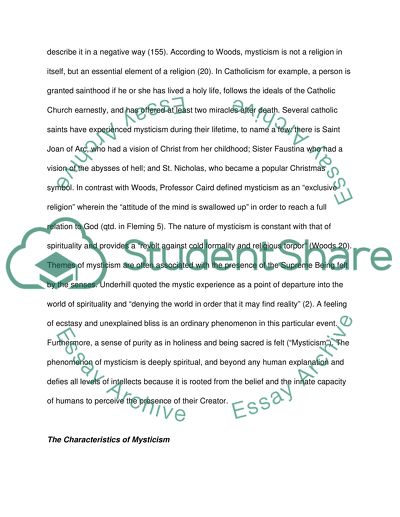Cite this document
(“Understanding Religious Experience Essay Example | Topics and Well Written Essays - 2250 words”, n.d.)
Understanding Religious Experience Essay Example | Topics and Well Written Essays - 2250 words. Retrieved from https://studentshare.org/miscellaneous/1573469-understanding-religious-experience
Understanding Religious Experience Essay Example | Topics and Well Written Essays - 2250 words. Retrieved from https://studentshare.org/miscellaneous/1573469-understanding-religious-experience
(Understanding Religious Experience Essay Example | Topics and Well Written Essays - 2250 Words)
Understanding Religious Experience Essay Example | Topics and Well Written Essays - 2250 Words. https://studentshare.org/miscellaneous/1573469-understanding-religious-experience.
Understanding Religious Experience Essay Example | Topics and Well Written Essays - 2250 Words. https://studentshare.org/miscellaneous/1573469-understanding-religious-experience.
“Understanding Religious Experience Essay Example | Topics and Well Written Essays - 2250 Words”, n.d. https://studentshare.org/miscellaneous/1573469-understanding-religious-experience.


